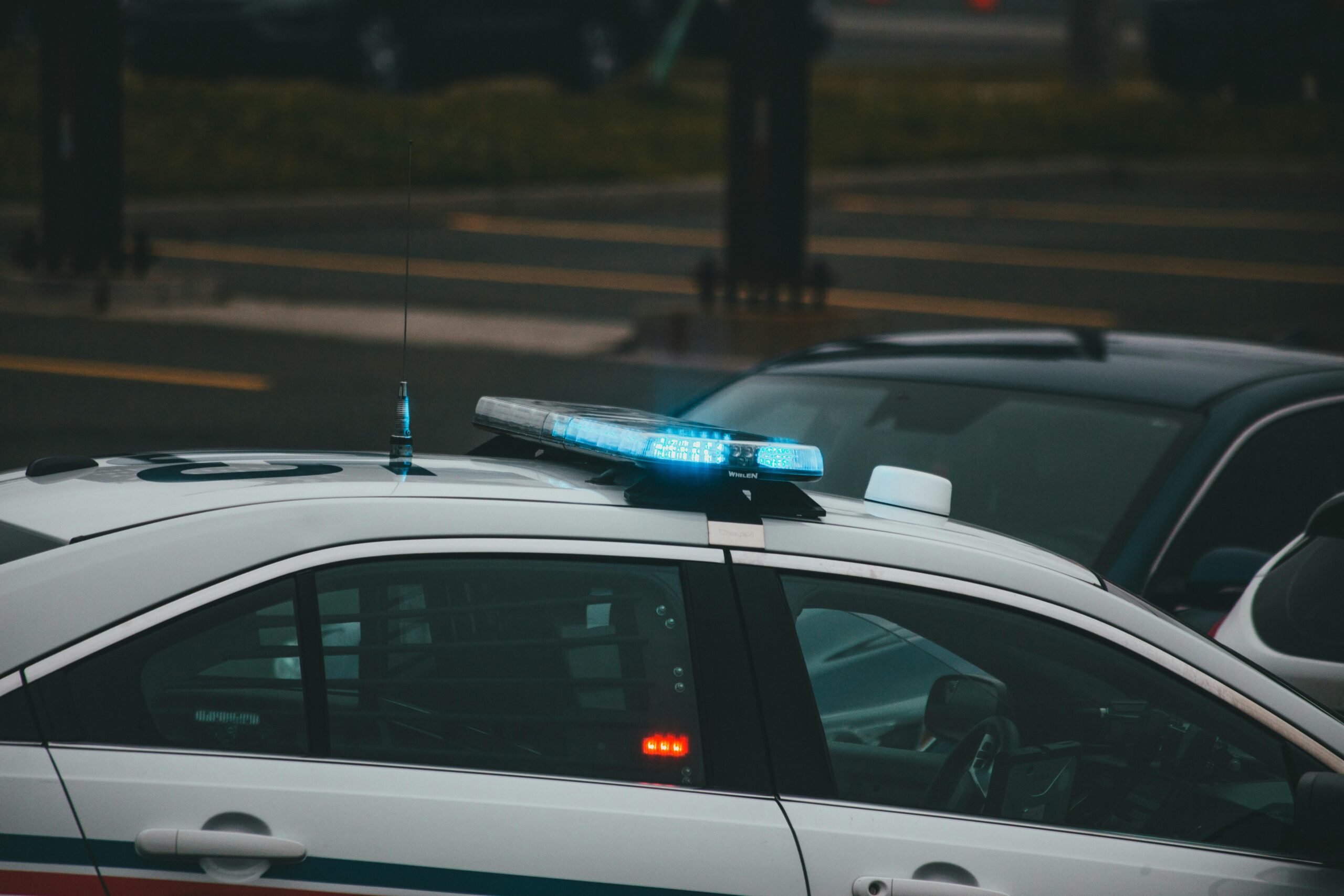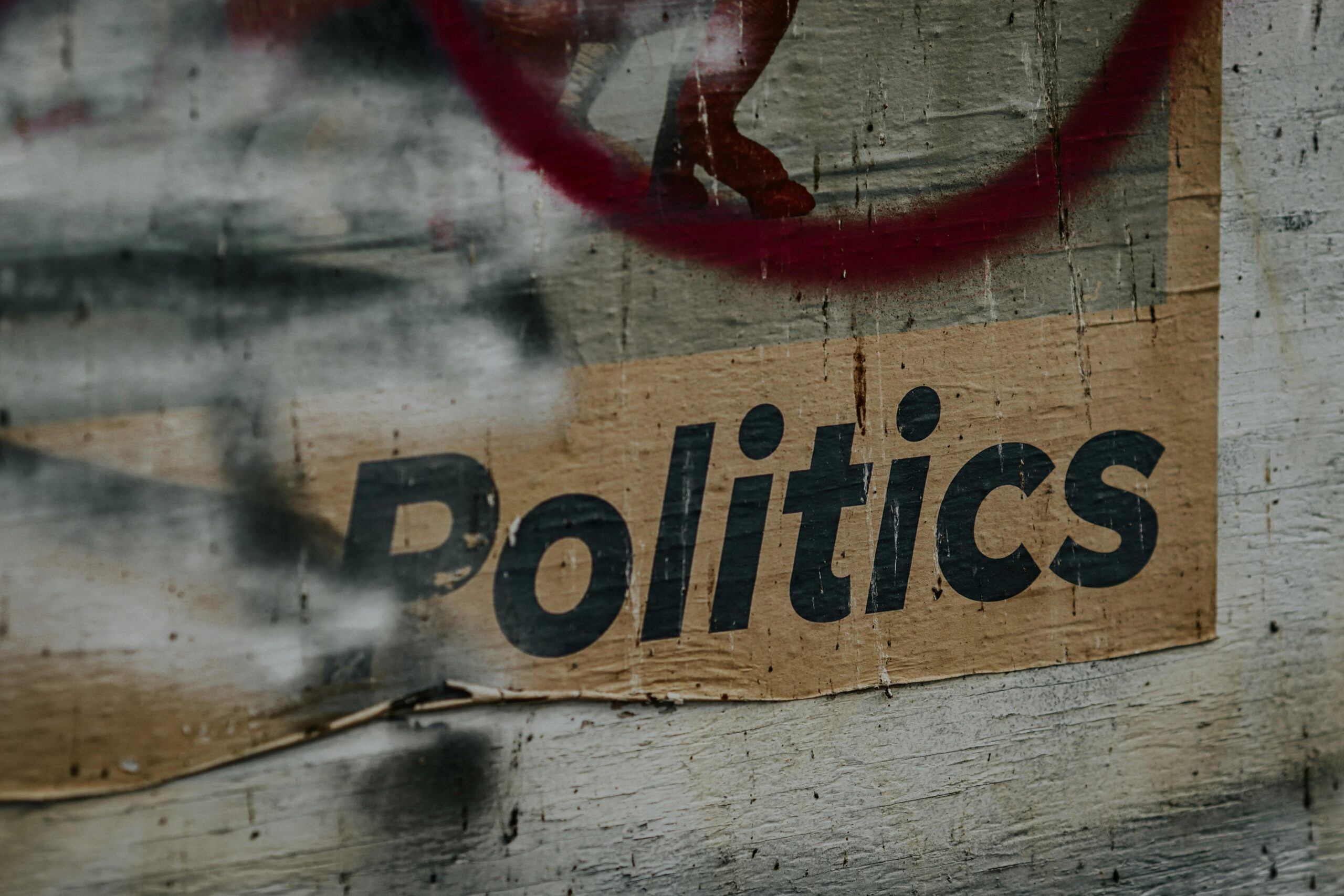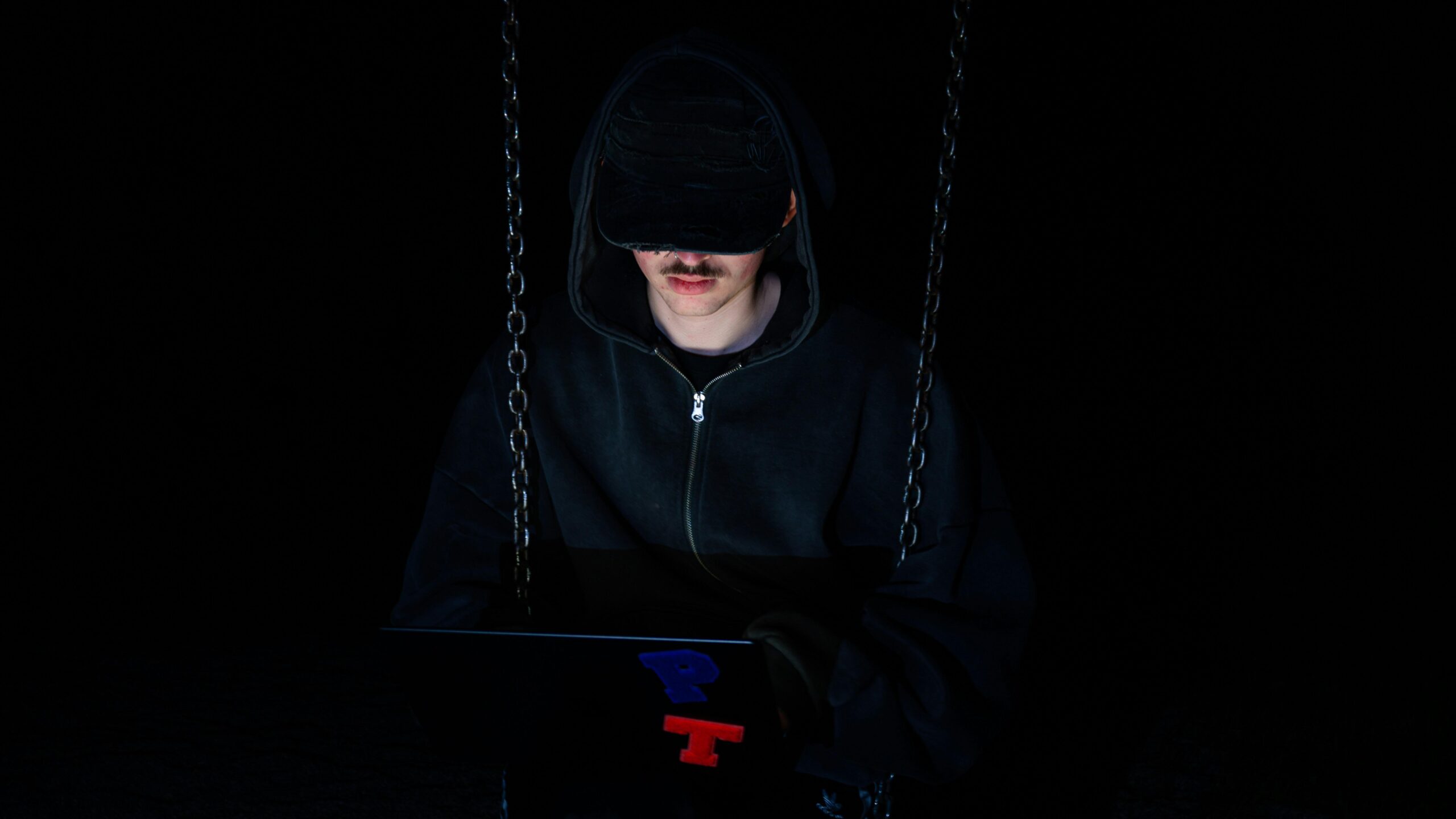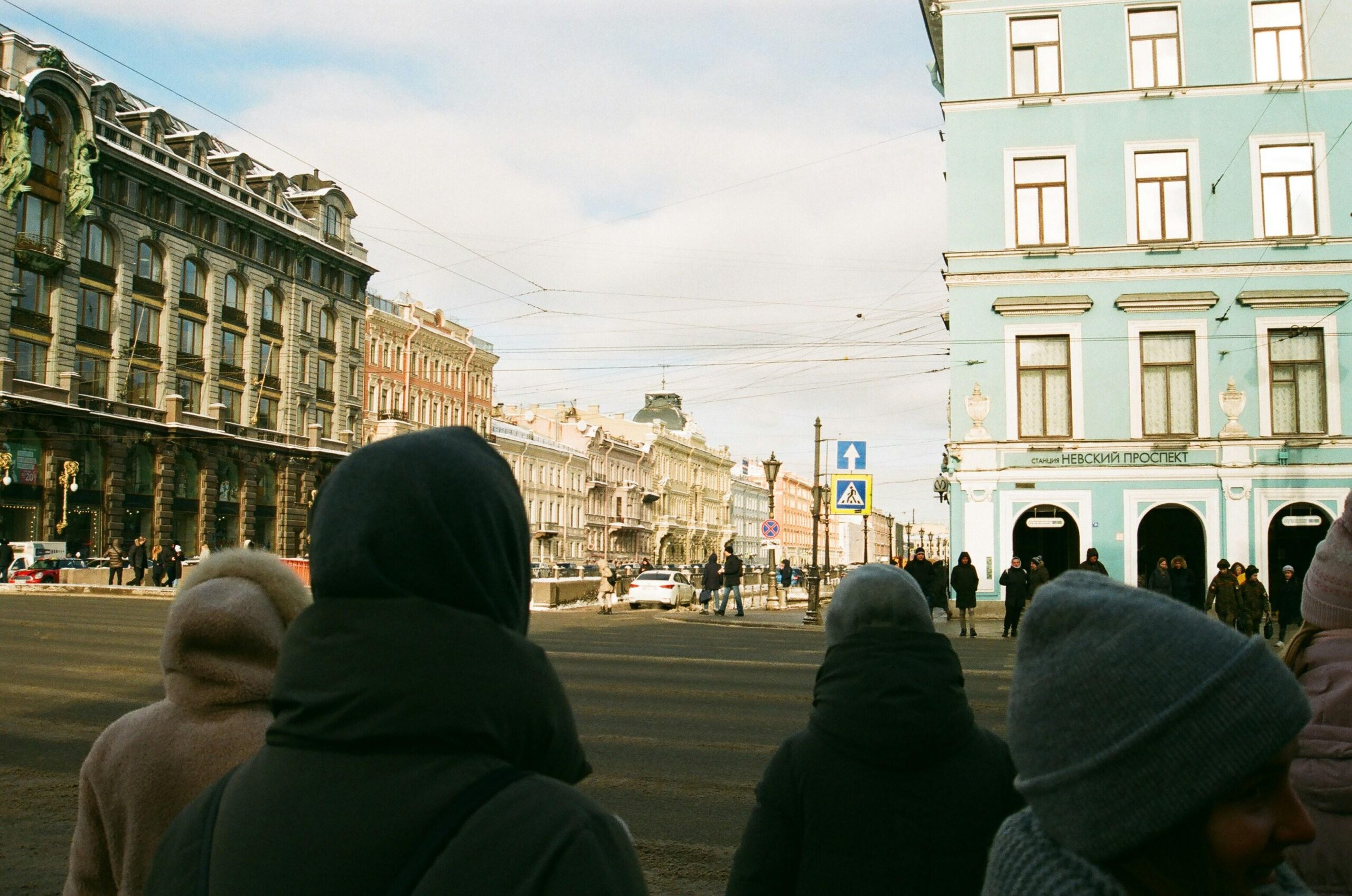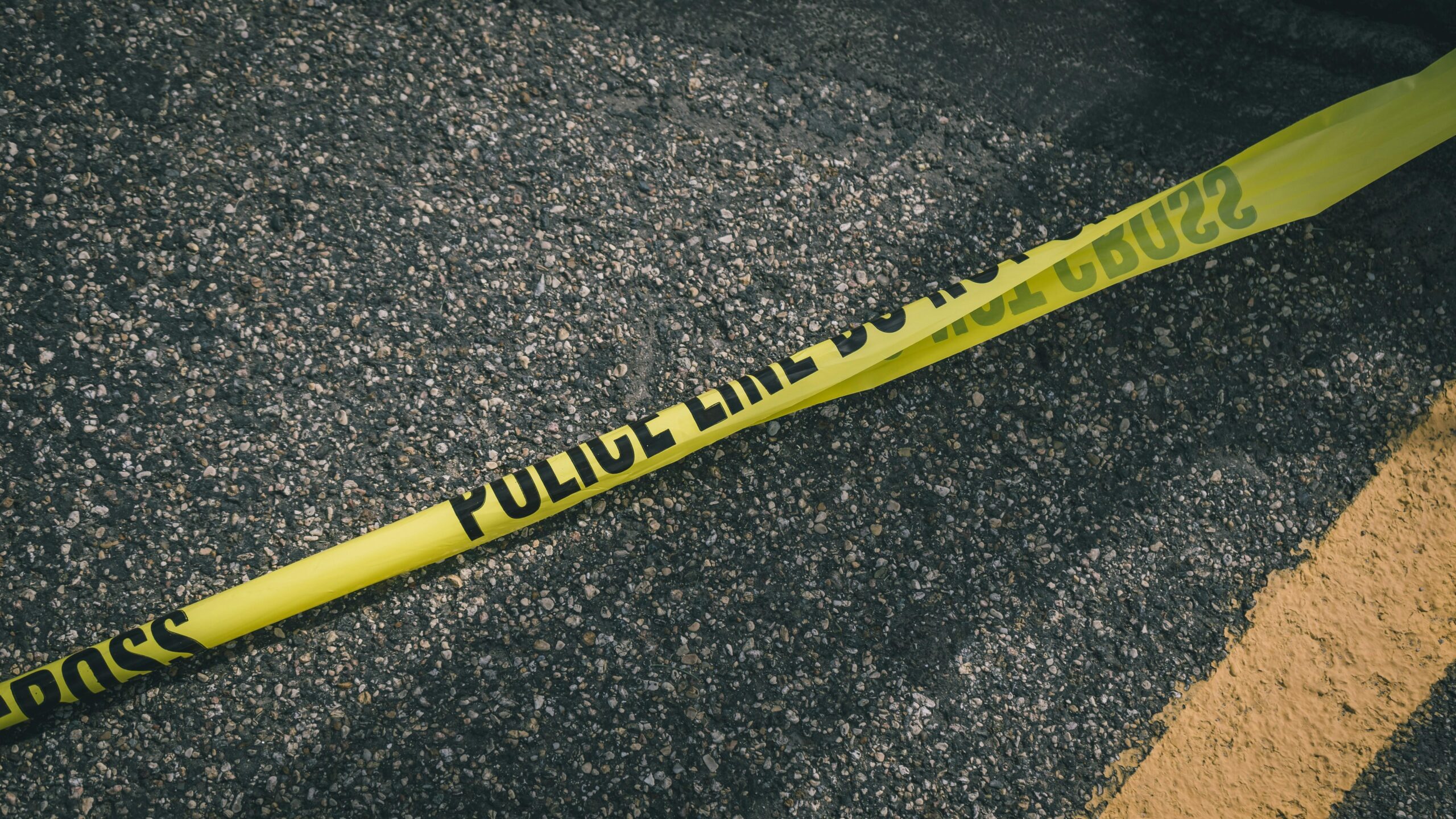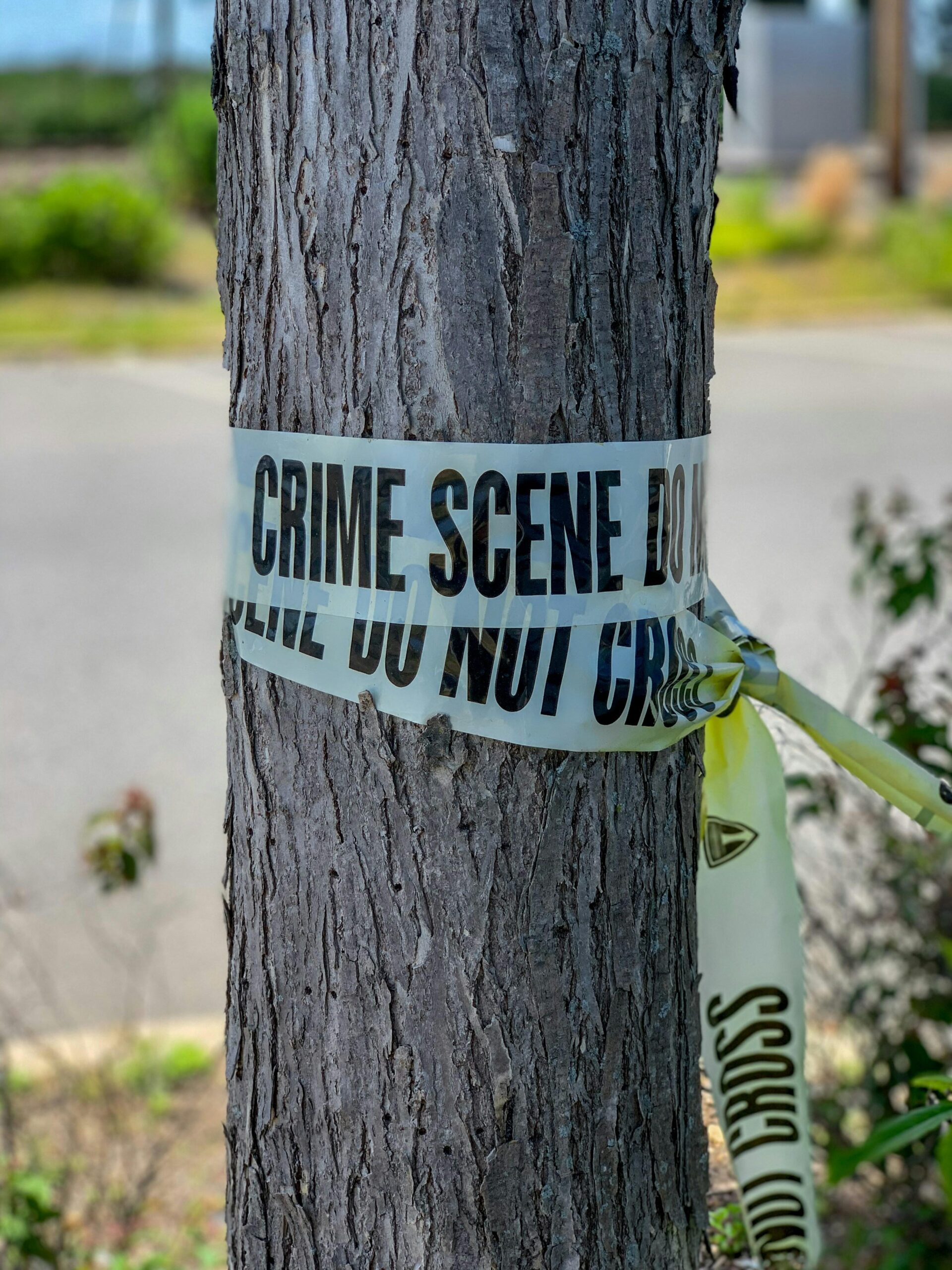Imagine walking into a room frozen in time—every detail, every clue perfectly intact, waiting to reveal a story only the keenest eyes can decipher. Crime scene preservation might sound like something out of a detective show, but in reality, it’s a critical step that can make or break an investigation. Why does this meticulous process matter more than you think? Let’s dive into the fascinating world of crime scenes and uncover why preserving these fragile pieces of evidence is absolutely essential—not just for solving mysteries, but for justice itself.
Table of Contents
- The Hidden Impact of Contaminated Evidence on Justice
- How Preserving Crime Scenes Protects Innocent Lives
- Best Practices for Securing a Crime Scene Like a Pro
- The Ripple Effect of Crime Scene Mistakes on Future Investigations
- The Conclusion
The Hidden Impact of Contaminated Evidence on Justice
When evidence is contaminated, the ripple effects extend far beyond the crime scene. The integrity of a case can be irrevocably compromised, leading to wrongful convictions or the acquittal of guilty parties. Every tiny contaminant—whether it’s a stray hair, an ungloved fingerprint, or a trace chemical—can cast doubt on the authenticity of the findings. In some cases, this means critical physical evidence becomes inadmissible in court, pushing investigators to rely solely on less concrete leads. It’s a stark reminder that preserving the scene isn’t just procedural—it’s foundational to upholding justice.
The hidden consequences of contamination reveal themselves in many subtle ways:
- Delay in justice: Lengthier trials and appeals caused by disputed evidence can drain resources and prolong the trauma for victims.
- Damage to reputations: Both the accused and the detectives involved can suffer from public skepticism after a botched investigation.
- Erosion of public trust: When the justice system falters due to preventable errors, community confidence takes a serious hit.
Recognizing these impacts forces a closer look at how crucial every procedural detail is—underscoring the need for meticulous crime scene protocols, training, and accountability.
How Preserving Crime Scenes Protects Innocent Lives
Imagine a puzzle missing its most crucial pieces—the facts that make the full picture clear. When a crime scene is tampered with or not properly secured, essential evidence can be lost or contaminated, turning that puzzle into an unsolvable mystery. Preserving crime scenes is the cornerstone of justice, allowing investigators to meticulously collect data that can definitively prove someone’s guilt or innocence. Every footprint, fiber, or drop of DNA serves as a silent witness, guiding law enforcement toward the truth rather than assumptions or hunches.
Without stringent preservation measures, the risk to innocent lives escalates dramatically. Consider these consequences:
- Innocent people may be wrongfully convicted based on incomplete or contaminated evidence.
- True perpetrators remain free, potentially endangering the wider community.
- Victims and their families are denied closure and justice.
By treating every crime scene with utmost care and respect, law enforcement not only upholds the integrity of investigations but also protects the fabric of society itself.
Best Practices for Securing a Crime Scene Like a Pro
Securing a crime scene with precision goes beyond simply putting up police tape. Every inch of the area holds potential evidence that could unravel the mystery, so meticulous control of access is crucial. This means establishing a clear perimeter and appointing dedicated personnel to monitor entries and exits. Use of physical barriers paired with detailed logging of anyone who crosses the threshold ensures no unauthorized footstep disturbs the landscape of clues. Even seemingly minor oversights like allowing bystanders or untrained individuals near the site can compromise vital evidence and weaken the case substantially.
Equally important is preserving the integrity of the scene’s environment. Protecting objects from environmental interference—whether natural elements like wind and rain, or human actions—is key. Best practice involves:
- Photographing and documenting the scene immediately to capture the exact condition before any alterations.
- Utilizing gloves and appropriate protective gear to avoid contamination.
- Establishing a smooth handover protocol between first responders, investigators, and forensic teams to maintain chain of custody.
Mastering these steps can elevate your crime scene management from routine to professional, preserving truth in its purest form.
The Ripple Effect of Crime Scene Mistakes on Future Investigations
Errors at a crime scene don’t just tamper with the current investigation; they create a domino effect that can undermine countless future cases. When evidence is contaminated, misplaced, or overlooked, it distorts the factual timeline that detectives rely on. This distortion can lead to false leads, wasted resources, or even wrongful convictions. Moreover, compromised evidence often casts doubt on forensic methods, eroding public trust in the justice system. Understanding this interconnectedness highlights why every detail matters, and why even seemingly minor oversights can have disproportionate consequences.
Consider the lasting impact:
- Lost connections: Vital clues may be missed, preventing pattern recognition in serial crimes.
- Resource drain: Time and money are diverted to re-examine tainted evidence or reopen cases.
- Training gaps: Mistakes reveal where protocols fail, but if not addressed, they perpetuate flawed practices.
- Legal ramifications: Contaminated crime scenes can lead to dismissals or appeals that bog down courts.
The ripple effect transcends the initial investigation, emphasizing the profound responsibility borne by first responders and forensic teams alike. Preservation is not just a procedural step; it’s the foundation on which justice is built and sustained over time.
The Conclusion
As we peel back the layers of crime scene preservation, it’s clear that this often overlooked process is much more than just a procedural step—it’s the silent guardian of truth. Every carefully bagged piece of evidence, every taped-off corner, and every meticulous photograph plays a pivotal role in piecing together what really happened. So next time you hear about a crime scene being “secured,” remember: it’s not just about keeping curious onlookers away—it’s about preserving the story that justice depends on. Who knew that something so seemingly simple could hold such tremendous power? The next chapter in forensic science might just hinge on how well we protect those crucial moments in time. Intrigued? Stay tuned—there’s always more to uncover.


